Active Learning Strategies
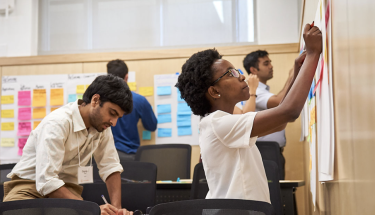
Active learning puts students at the center of the learning process by encouraging them to engage, reflect, and apply what they’re learning in meaningful ways. Rather than passively receiving information, students participate in activities that promote critical thinking, collaboration, and deeper understanding.
These strategies can range from short, low-stakes exercises to full-class projects and discussions. When thoughtfully integrated, active learning not only improves retention, it builds classroom community, increases motivation, and supports a wider range of learning styles.
Explore the strategies below to discover practical ways to make your teaching more interactive, inclusive, and learner-driven—whether you're in a large lecture hall, a seminar room, or teaching online.
Active Learning Strategies - Overview

Case Studies are an engaging classroom technique that helps students connect abstract concepts to real-life scenarios by analyzing and solving problem-based cases. This method encourages critical thinking, decision-making, and discussion, bridging the gap between theory and practice.
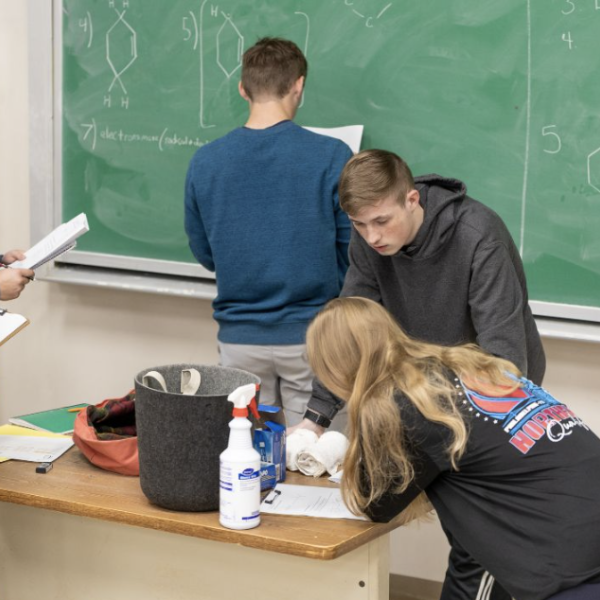
Problem-Based Learning (PBL) is a student-centered teaching approach that uses real-world problems to drive learning, fostering critical thinking, problem-solving, and collaboration. Unlike traditional methods that present facts directly, PBL engages students in inquiry, requiring them to apply course concepts, research solutions, and articulate reasoned decisions.

Inquiry-Based Learning (IBL) is a student-centered approach rooted in John Dewey’s philosophy, where learners actively investigate complex questions and problems, developing skills in questioning, research, evaluation, and synthesis. By gradually increasing independence, IBL fosters critical thinking, self-direction, and communication, making it valuable for both academic and professional success.

Project-Based Learning (PBL) is a teaching method where students engage in extended projects to solve real-world problems or answer complex questions, demonstrating their knowledge through public presentations. Unlike traditional projects, PBL is the central method of instruction, fostering deep content understanding, critical thinking, collaboration, and creativity through authentic, inquiry-driven learning experiences.

Both the 4-question reflective learning technique and Socratic questioning foster critical thinking by encouraging students to analyze, evaluate, and apply knowledge in meaningful ways.
While the 4-question technique enhances understanding and retention through structured reflection on learning, Socratic questioning deepens engagement by prompting students to examine assumptions, explore different perspectives, and articulate reasoned conclusions, ultimately promoting independent, higher-order thinking.

In frontier America, when a family needed a barn but lacked resources, the community would come together to help build it. The family described their vision, while neighbors contributed labor and suggested improvements, fostering collaboration and collective problem-solving. Read more here. Debates are also an effective active learning tool that engage students, enhance critical thinking, and expose them to diverse perspectives. Research shows that incorporating debates into coursework can increase student engagement, change opinions on controversial topics, and serve as a valuable assessment method. Read more here.

Simulations engage students by providing real-world experiences in a low-stakes environment, allowing them to apply knowledge and make leadership decisions. Choosing the right simulation, introducing it at the right time, and preparing both yourself and your students are key to maximizing its effectiveness in any learning setting.

In Jigsaw, students work in small groups to develop knowledge about a given topic before teaching what they have learned to another group.

In a Gallery Walk, students rotate in small groups to answer and build on responses to posted questions, fostering discussion and critical thinking. Variations include Gallery Run, a faster-paced version for simpler questions, and Computer Tour, which uses digital displays instead of paper stations.

Storytelling in teaching fosters connection and engagement by making lessons more relatable and human, while promoting active learning through shared experiences. It enhances communication, encourages reflection, and helps students relate theoretical concepts to real-life situations.
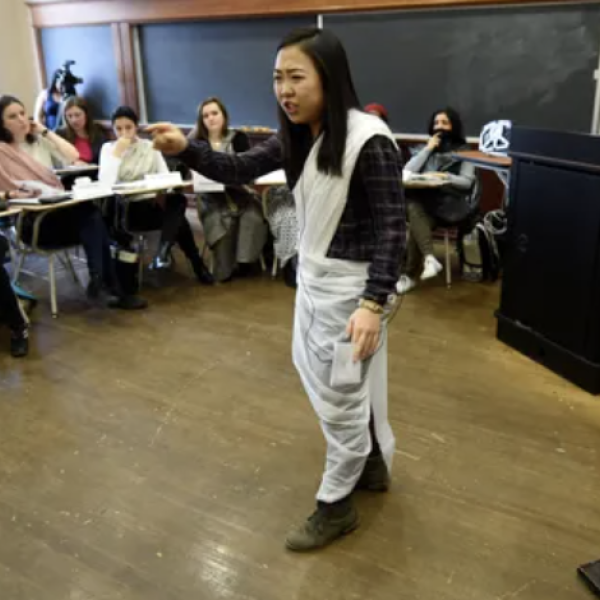
Role playing in teaching immerses students in real-life scenarios, encouraging them to critically examine complex or controversial topics while developing valuable skills like negotiation, teamwork, and persuasion. By aligning exercises with learning objectives and real-world applications, role plays engage students in active, meaningful learning experiences.

Mental models refer to the cognitive frameworks and beliefs that influence decision-making and problem-solving. These models help individuals process information and make sense of complex situations, but they can also lead to biases or errors if not critically examined, highlighting the importance of being aware of the mental models we use in learning and teaching.

Experiential learning is an educational approach where students engage in hands-on experiences, followed by reflection, to deepen their understanding, develop skills, and apply knowledge to real-world situations. It emphasizes active involvement, critical thinking, and personal growth, with instructors acting as facilitators rather than direct teachers.
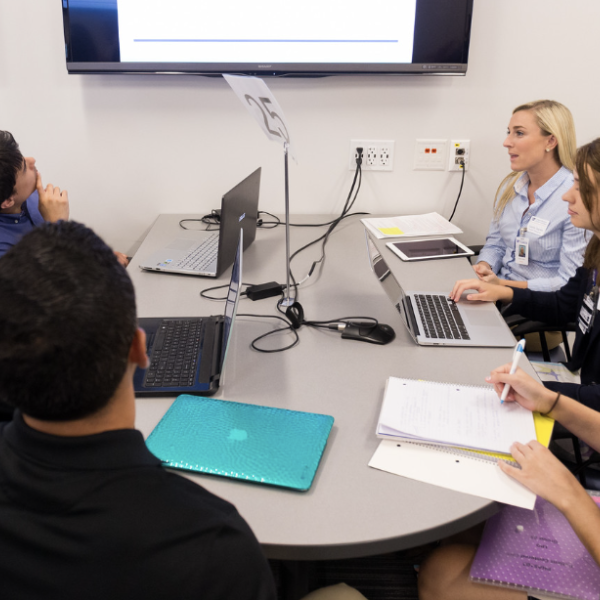
Metacognition emphasizes the importance of reflection in learning, offering strategies for integrating reflection into coursework through various activities like group discussions, self-assessment, and peer feedback, to help students develop critical thinking skills and apply knowledge across different contexts. It also stresses the value of both reflection-in-action (during tasks) and reflection-on-action (after completing tasks) for ongoing learning and growth.

Self-directed learning covers how students can become self-directed learners. It focuses on key processes such as assessing tasks, evaluating strengths, planning, monitoring progress, and reflecting. It also offers strategies like modeling metacognitive skills and scaffolding to help students develop these abilities.
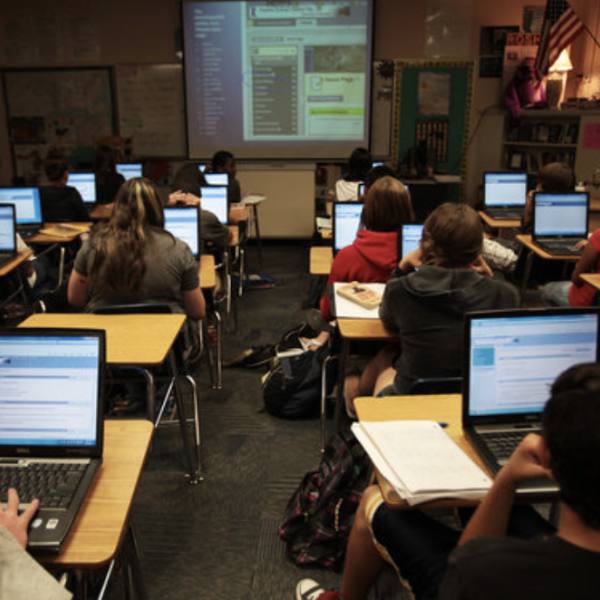
This article highlights the importance of integrating technology in teaching to enhance engagement, collaboration, and accessibility. It emphasizes the use of tools like Canvas, Universal Design for Learning (UDL), and AI, with support from the Center for Teaching & Learning and other campus resources to help faculty implement these technologies effectively.
Some technology ideas include:

Active learning is also possible in large lecture spaces. This resource gives a few directed suggestions for active learning techniques or activities that work particularly well in large lecture environments.
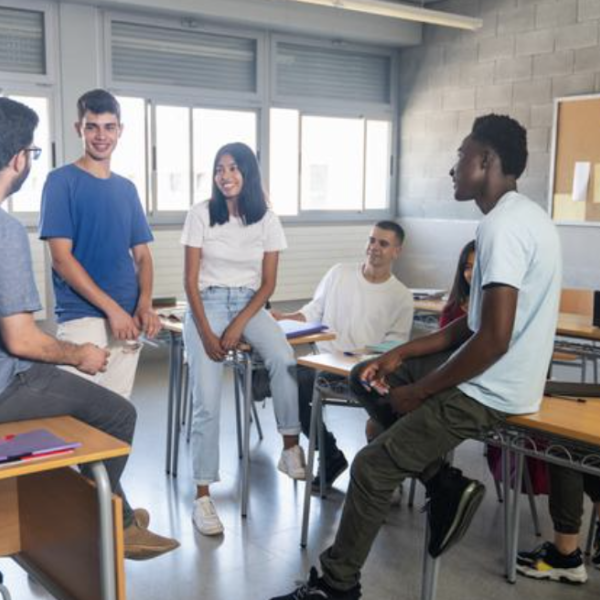
This guide outlines strategies for creating effective group activities that promote collaborative learning, including selecting appropriate tasks, aligning activities with learning goals, fostering group cohesiveness, and ensuring both individual and group accountability. It emphasizes the importance of structure, planning, and feedback throughout the group work process to maximize student engagement and learning outcomes.

This guide outlines strategies for incorporating peer review into courses to improve student learning, writing, and collaboration. It covers the importance of clear guidelines, setting expectations, teaching evaluation skills, and providing constructive feedback, as well as strategies for managing peer review sessions and activities effectively.

This page gives insights into and examples of the use of "Exam Wrappers" for active learning. Exam wrappers encourage students to reflect on their work once it is graded and returned to them. Exam wrappers shift the focus from solely the received grade to engaging with how the grade came to be.

This guide discusses Classroom Assessment Techniques (CATs), which are simple, low-pressure methods to check student understanding and improve learning. It offers various activities and strategies like the Fish Bowl, Clicker Quizzes, and Minute Paper to engage students, address misconceptions, and support reflective learning. The key benefits include enhancing student participation, providing timely feedback, fostering engagement, and ensuring that instruction is aligned with students' needs. CATs serve both as a formative assessment tool and a means to adapt teaching methods for improved learning outcomes.
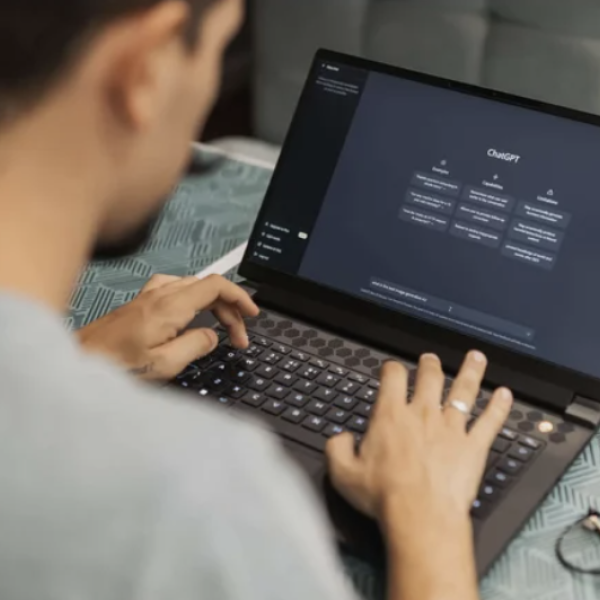
The emerging presence of AI in the educational process presents new challenges for course design. This resource gives ideas for instructors on how to use AI in the classroom to encourage active learning without compromising academic integity.

